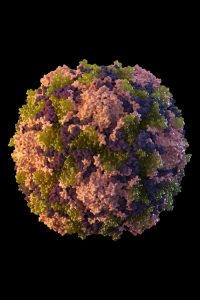The global number of wild poliovirus type 1 (WPV1) in 2018 has risen to 17 after new cases were reported in Pakistan and Afghanistan.
In Pakistan, a new WPV1 case was reported in Sarki Tetara district, Charsada province. The case had onset of paralysis on 1 August. This brings the total number of WPV1 cases in 2018 (in Pakistan) to four.
In Afghanistan, one new WPV1 case was reported in Shahid-e-Hassas district, Uruzgan province. The case had onset of paralysis on 8 July. This brings the total number of WPV1 cases in 2018 (in Afghanistan) to thirteen.
Deals in Venice: Save up to 40% in Tours & Sightseeing
The third polio endemic country, Nigeria, has not seen a WPV1 case since August 2016.
There were 22 WPV1 cases reported in 2017.

According to the World Health Organization, poliomyelitis (polio) is a highly infectious viral disease, which mainly affects young children. The virus is transmitted by person-to-person spread mainly through the fecal-oral route or, less frequently, by a common vehicle (e.g. contaminated water or food) and multiplies in the intestine, from where it can invade the nervous system and can cause paralysis.
Initial symptoms of polio include fever, fatigue, headache, vomiting, stiffness in the neck, and pain in the limbs. In a small proportion of cases, the disease causes paralysis, which is often permanent. There is no cure for polio, it can only be prevented by immunization.
Related:
- Polio this week: Progress towards eradication, Jonas Salk 100th birth anniversary, Pakistan cases climb
- Polio: The last wild poliovirus case reported in India seven years ago today
- India eliminating trachoma and other global health successes in 2017
- Papua New Guinea polio outbreak rises to 12, Vaccination campaign expanded to cover all children aged up to 15 years

